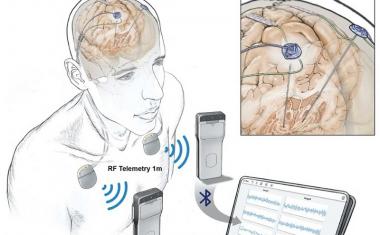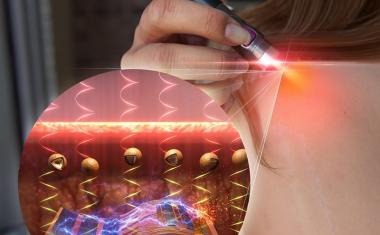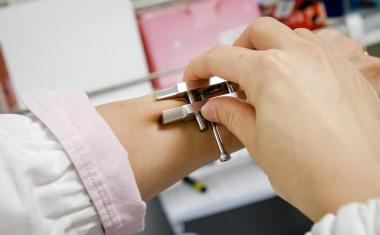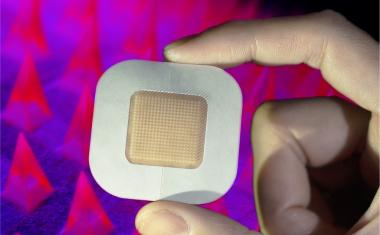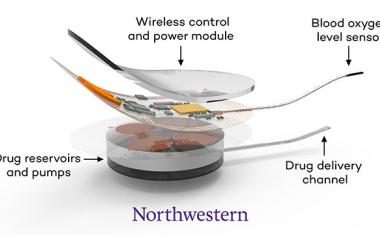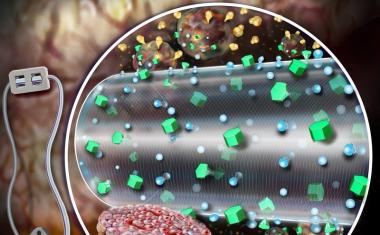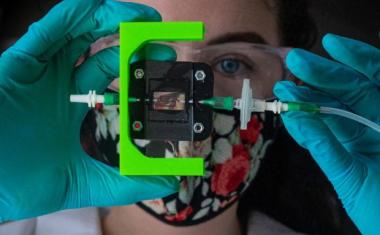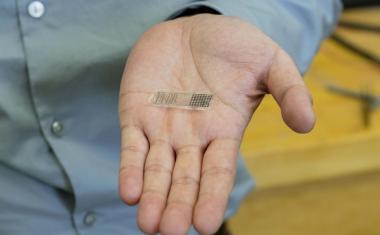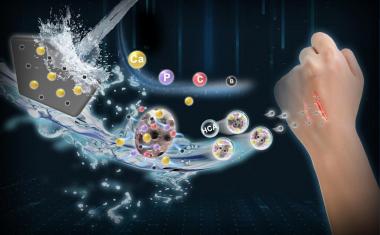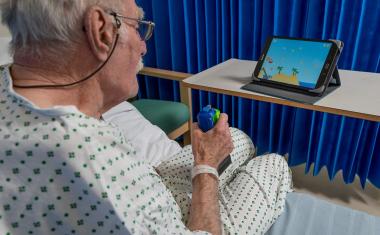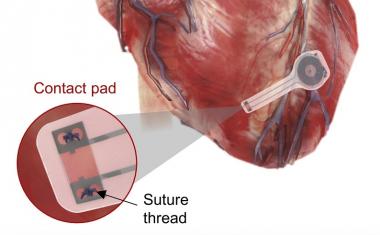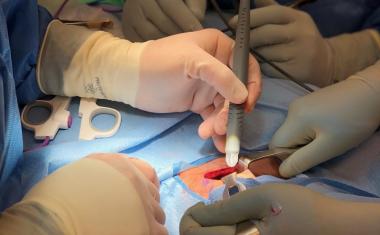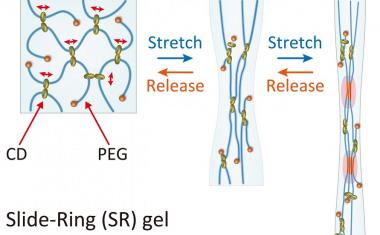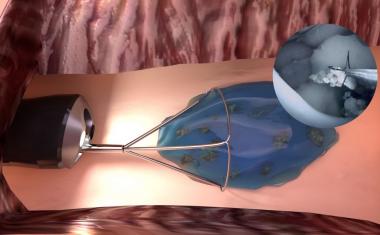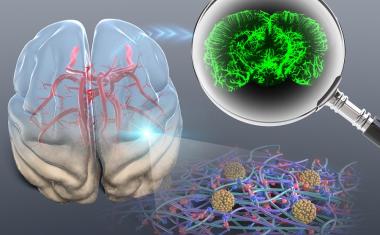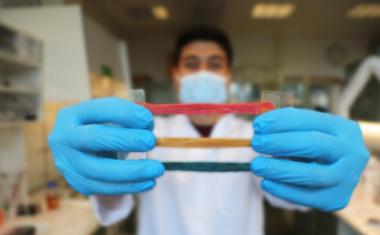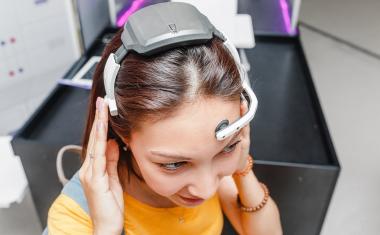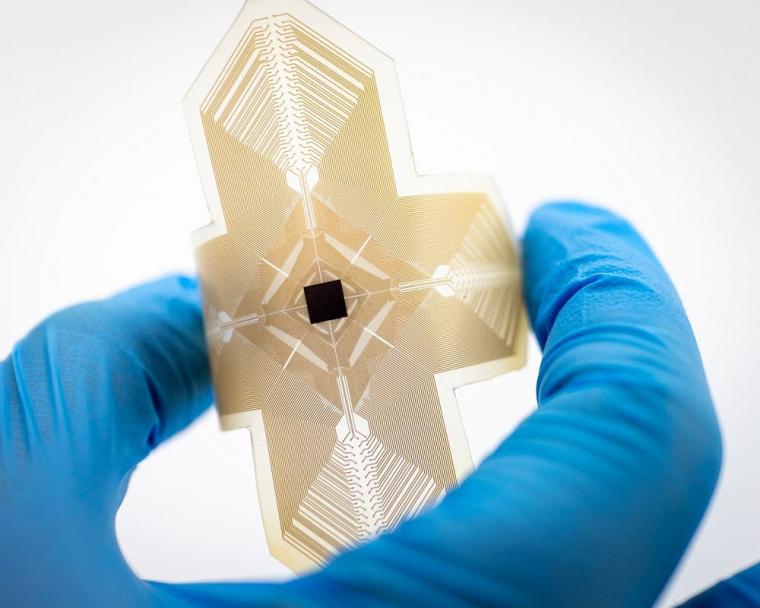
Therapies without drugs
Fraunhofer researchers are investigating the potential of microimplants to stimulate nerve cells and treat chronic conditions like asthma, diabetes, or Parkinson’s disease.
A study by the Robert Koch Institute has found that one in four women will suffer from weak bladders at some point in their lives. Treatments of this condition have long focused on pelvic floor exercises, specialized心脏起搏器, drugs, or even surgical interventions. Microimplants promise to make these often lengthy and uncomfortable treatments a thing of the past. The idea: Electric impulses can help certain parts of the human body to do what they are meant to do – when and where it is needed.
Vasiliki Giagka, Group Leader at the Fraunhofer Institute for Reliability and Microintegration IZM, explains the concept: “Electronicimplantscan release interrupted or block unwanted signals; they can send signals to other places in the body. Patients who have lost the natural ability to control their bladder function can benefit from a tiny bioelectric implant that monitors their bladder and sends a signal when they need to use the toilet. It could also use high-frequency stimulation of the damaged nerve to prevent the bladder from emptying unintentionally.”
To make this possible, the team headed by Giagka has been working with other researchers at the Technical University of Delft to produce miniature, flexible, and durable electronic implants. The systems include a dedicated sensor to monitor the patient’s bladder, with the data sent wirelessly to their destination – a massive challenge, since the human body with its organs and body fluids is not the ideal location for transmitting data. Nor is data transmission the only wireless feature in the system. The implants themselves are recharged by ultrasonic waves: Ultrasound stimulates tiny elastic resonators in the implants, and the movement of these elastic bodies can be transformed into the necessary power.
Microimplants of this type can also engage directly with nerve cells via electrodes that use targeted electric impulses to stimulate certain physiological responses. The flexible electrodes are connected to microchips scaled down to 10 micrometres in thickness that can create new feedback loops between the nerves and the implants and help introduce customized and localized treatments for each patient. Giagka and her fellow bioelectronics specialists rely on fully materials like biocompatible polymers, precious metals, and silicon for their electronics to avoid the body’s rejection of the foreign object.
Researchers have begun to favour the term electroceutics for microimplants of this type, as the miniature electronics are meant to replace traditional pharmaceutics: chips and bids taking the place of pills and meds. The idea opens up new therapeutic pathways and promises to minimize harmful side-effects. Several common chronic conditions beside incontinence are being targeted for the new treatments. The only precondition: the underlying biological mechanisms must be receptive to electrical stimulation.Asthma,diabetes,帕金森病, migraines, rheumatism, highblood pressureand many other conditions – the list of possible use cases keeps growing, and there is much potential for further promising research.
在electroceutics最终使进入widespread use, several hurdles still need to be taken. Vasso Giagka explains: “We cannot yet say with certainty when the first clinical trials will start. We are currently developing new test concepts to check the reliability of the implants for the entire process, and we are still working to miniaturize and optimize the stimulators.” The durability of the microstimulators remains a particular challenge, as the implants need to function reliably over decades in the human body. At the same time, the team is trying to reduce the size of the overall system to less than a cubic centimetre.
Giagka and her team are particularly interested in expanding the working life of the implants. They subject the devices to electromagnetic pulses, humidity, and changing temperatures in tough reliability tests to test their actual life expectancy in use. The chips’ design has been carefully modelled to reduce the impact of electromagnetic force, substantially expanding their ability to measure and record data. The team hopes to achieve a working life of the implants that span not years, but decades.



